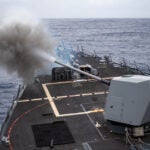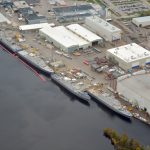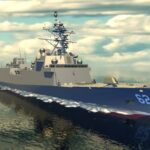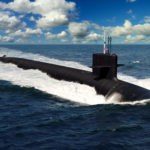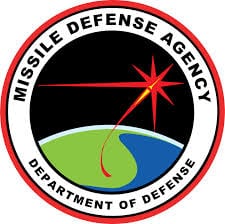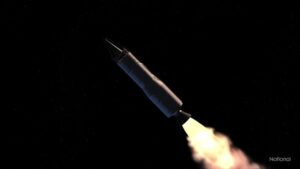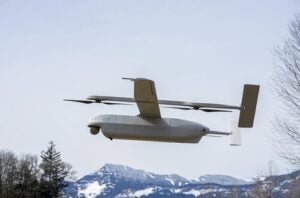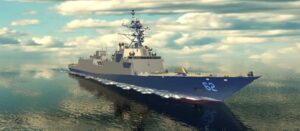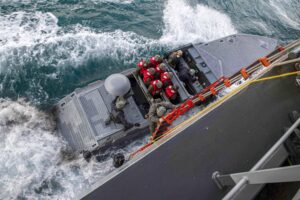
This week the Navy issued a Request for Information (RFI) seeking industry information on small unmanned surface vessel (USV) technologies for Navy special warfare or SEAL teams. The service is particularly looking at technologies related to short endurance USVs less than 14 feet long that can be transportable by an unmodified Combat Craft Medium (CCM) Mark 1 or Combat Craft Assault (CCA) boat, or towed by them. Both kinds of combat vessels are used by naval special forces, such as…

 By
By 